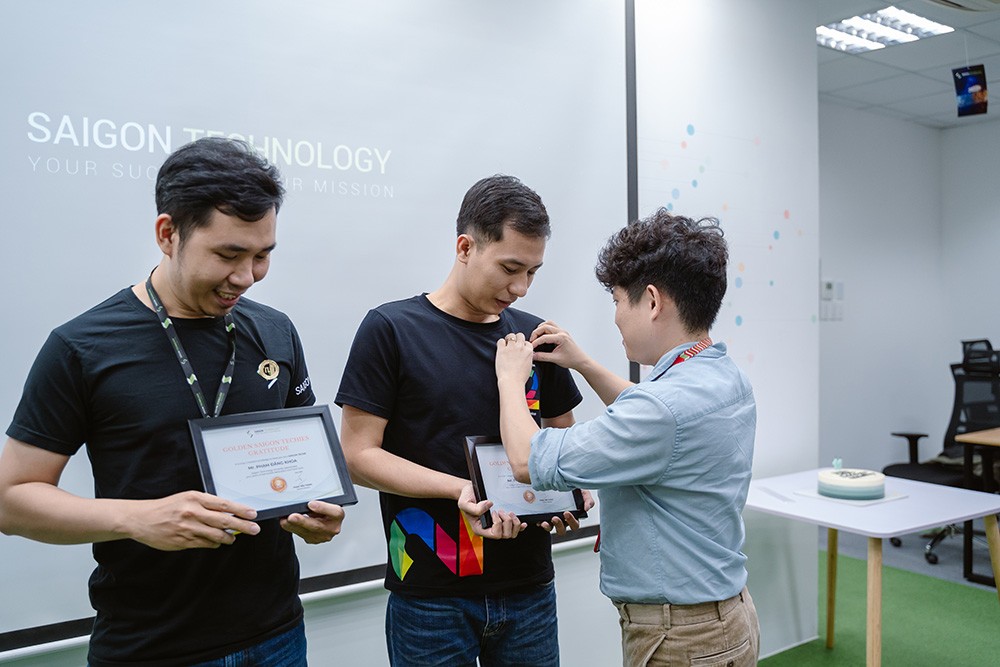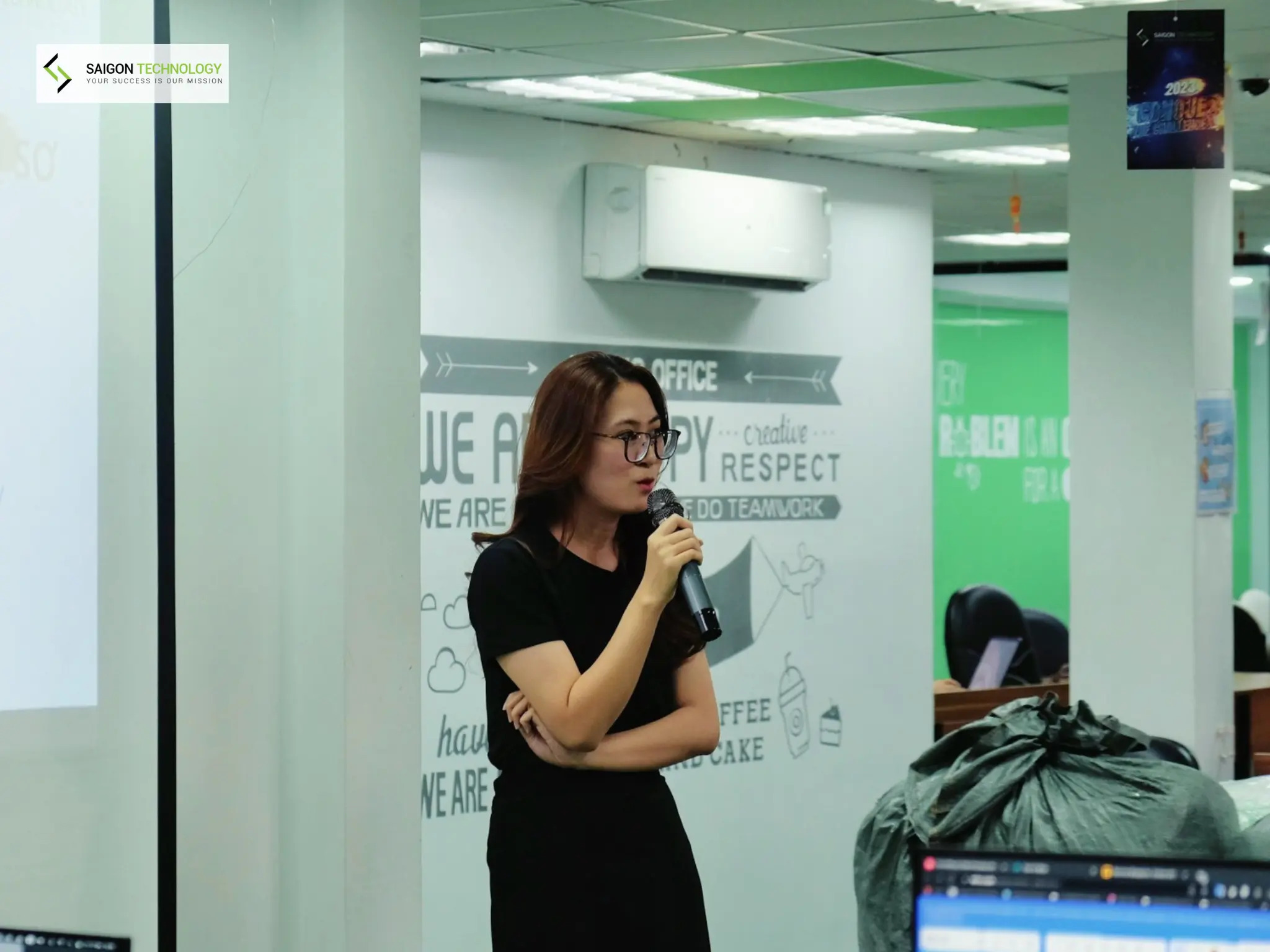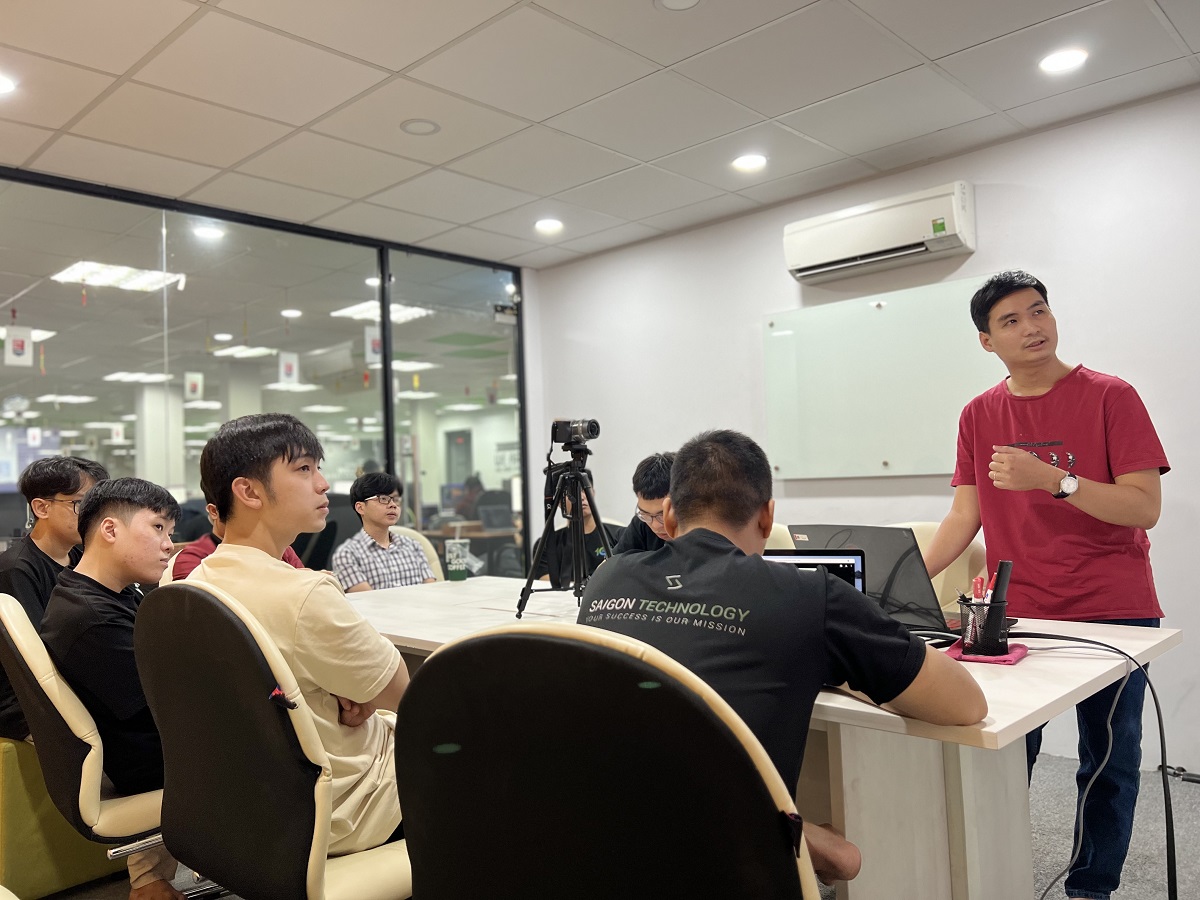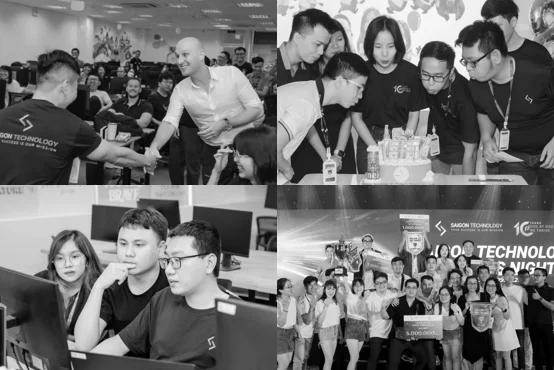Unraveling Offshore Development Models


In the dynamic realm of software development, myriad alternatives lay at your disposal, each with its own set of advantages and peculiarities. The decision-making process, hence, requires strategic thought and meticulous analysis, as the route you opt for could significantly impact the trajectory of your business's growth and success.
Among the multitude of available options, offshore development models have been steadily gaining ground, presenting an attractive proposition for many businesses. These models offer a strategic blend of cost-effectiveness, technical prowess, and operational efficiency, making them an increasingly popular choice for companies striving to maximize their potential while navigating the complexities of the global tech landscape.
What is an Offshore Development Model?
An offshore development model is a strategic business approach where software development responsibilities are delegated to a team situated in a different country, often one that provides cost efficiencies alongside a plentiful supply of skilled developers. This model can streamline the process, reduce overhead expenses, and tap into global talent pools.
Fundamentally, the selection of a suitable offshore software development model is guided by a series of key factors. These include the extent and intricacies of the project, the available budget, and the desired timeframe for completion. Therefore, the offshore development model serves as a versatile and cost-effective solution to meet diverse business needs, providing access to a world of expertise beyond geographical boundaries.
In essence, the model fosters a global collaborative environment that allows businesses to leverage international talent, improve cost management, and enhance productivity. This development model continues to be an increasingly preferred option for companies aiming for high-quality deliverables while maintaining cost and efficiency balance.
Common Types of Offshore Software Development Models
There is a wide array of offshore software development models to choose from, each with advantages, potential drawbacks, and ideal use cases. Here, we delve into the common types of offshore development models, including Time & Material Contracts, Staff Augmentation, Dedicated Development Team, Project-Based Model, Offshore Development Center, and the Fixed-Price Model.
Time & Material Contracts
The Time & Material Contract model, often known as T&M, offers a highly adaptable approach to software development. This offshore development model allows project requirements and deadlines to be adjusted dynamically throughout the development process. Clients are billed based on the actual time spent by the development team and the resources used during the project.
This model offers a high level of flexibility and is well-suited for projects where requirements are expected to change or are not completely defined at the outset. It is also beneficial for lengthy and complex projects where it's challenging to predict all potential scenarios and required solutions. However, this adaptability can also make it more challenging to estimate the final cost at the beginning of the project. The continuous need for management and revisions might also require a substantial time investment from the client.
In short, the Time & Material Contract model is an optimal choice for projects with fluctuating requirements or when the project scope and completion timelines are difficult to accurately estimate.
|
Pros |
Cons |
|
High level of flexibility: Changes can be made dynamically throughout the software development process. |
High management involvement: Continuous need for management and revisions can be time-consuming. |
|
Optimal for projects with changing requirements: Good for projects where the scope and timelines are difficult to estimate. |
Uncertainty of final cost: Due to the flexible nature, it's challenging to estimate the final cost at the outset. |
|
Allows focus on quality: As there is no rigid deadline, more time can be spent on enhancing the quality of the software. |
Staff Augmentation
Staff Augmentation is a flexible offshore software development model where an external company provides skilled professionals to supplement an in-house team. This model allows businesses to scale their team based on project requirements and deadlines, making it easier to manage resources and control costs.

This approach is highly adaptable, allowing for scalability when project demands increase and the ability to reduce staff during slower periods. It also provides access to a global talent pool with specific skills that might be hard to find locally. However, managing an augmented team might require extra effort to ensure smooth collaboration and maintain coherence with in-house processes and company culture.
Staff Augmentation is most suitable when a company needs to fill temporary personnel gaps or when specialized skills are required for a specific project phase that the in-house team may lack.
|
Pros |
Cons |
|
High flexibility: Teams can be scaled up or down based on project requirements. |
Management challenges: Ensuring smooth collaboration between in-house and external teams may require extra effort. |
|
Access to global talent: Provides skills that might be hard to find locally. |
Cultural differences: Maintaining coherence with in-house processes and company culture can be challenging. |
|
Cost control: Easier to manage resources and control costs. |
Dedicated Development Team
A Dedicated Development Team model involves an offshore team operating as a direct extension of the client's in-house team. This approach enables the client to have a team of professionals entirely focused on their project, sharing the same goals, and committed to delivering the best results.
This model creates a stronger connection between the offshore and in-house teams, fostering collaboration and exchange of ideas. However, it may involve higher costs than other offshore development models due to the level of dedication required from the team. Additionally, it may require significant time and effort to manage and coordinate the activities of the dedicated team.
This development model is best suited for long-term projects with continuous workloads, where the contribution of a committed team is crucial to the project's success.
|
Pros |
Cons |
|
Focused attention: The entire team is focused on one project, ensuring higher quality output. |
Higher cost: This model could involve higher costs due to the level of dedication required. |
|
Collaboration: Fosters an exchange of ideas between the offshore and in-house teams. |
Management effort: Significant time and effort may be required to coordinate activities of the dedicated team. |
|
Shared goals: The offshore team shares the same goals as the in-house team. |
Project-Based Model
The Project-Based Model involves outsourcing an entire project, including project management responsibilities, to an offshore development team. This approach allows the client to focus on core business activities while the development company takes care of the entire project.
One of the main advantages of this offshore development model is the minimal involvement required from the client, saving valuable time and resources. However, the lack of direct control over the project might disadvantage some businesses that prefer more hands-on involvement.
This model is most suitable for standalone projects with clear and unchanging requirements, as it allows the client to entrust the tasks to experienced professionals while focusing on other business aspects.
|
Pros |
Cons |
|
Minimal client involvement: The client can focus on core business activities. |
Lack of control: Some businesses might prefer more hands-on involvement, which this model may not offer. |
|
Outsourcing of responsibilities: The development company handles all aspects of the project. |
Rigidity: This model may not be flexible enough to accommodate changes or enhancements during the project. |
Offshore Development Center
This is essentially a dedicated, customized workspace for a business located in a different country. It's a robust model that provides comprehensive infrastructure, resources, and personnel dedicated to a specific project or several projects.
The ODC model facilitates cost savings by leveraging global talent at competitive rates, reducing the need for significant capital expenditure on infrastructure and recruitment. However, the success of an ODC largely depends on the reliability of the offshore partner and the quality of communication between both parties.
The model is ideal for businesses that seek to scale up their operations cost-effectively, especially those looking for expertise in a specific technology or domain that might be hard to find locally.
Fixed-Price Model
The Fixed-Price Model is an offshore software development model where the cost of the project is agreed upon in the initial stages. This approach provides cost certainty and encourages efficiency as the team must deliver the project within the agreed budget.
While the predictability of costs is a significant advantage, this model might lack flexibility, making it difficult to accommodate changes once the project has started. It also requires a clear and thorough understanding of project requirements from the outset.
This development model is most suitable for short-term projects with well-defined requirements and a predictable scope, as it provides both parties with clear expectations and limits the risk of overspending.
How to Choose the Right Offshore Development Model for Your Business?
Selecting the suitable offshore development model for your business is a decision that has far-reaching implications on the cost, duration, and success of your projects. Given that each model has its strengths and drawbacks, you'll need to match your project's unique needs to the most suitable model. Here are some tips to assist you in making an informed decision:
Understand Your Project Requirements
Evaluate the scope of your project. Is it a short-term or a long-term project? Do you have clearly defined requirements, or are they likely to evolve over time? Understanding these aspects can help you choose the right model. For example, a fixed-price model works best for short-term projects with well-defined requirements, while a time & material model is more suited for projects with dynamic requirements.
Assess the Level of Control Desired
How much direct involvement do you wish to have in the project? If you prefer a high level of control and direct interaction with the developers, models like a dedicated development team or staff augmentation might be suitable. On the other hand, if you prefer minimal involvement, a project-based model or an ODC would be more appropriate.
Consider Your Available Resources
Your in-house capabilities can also influence the choice of the offshore development model. If you have a competent team but lack some specialized skills, staff augmentation can be a good choice. However, if you have limited resources or prefer not to invest in infrastructure and recruitment, an ODC or a project-based model might be preferable.
Evaluate the Flexibility Needed
Do you foresee changes in the scope or requirements during the development process? If yes, opt for a model that offers flexibility, such as the time & material contracts model.
Gauge Your Communication Bandwidth
Communication is a critical aspect of any development model. If you have the bandwidth to manage regular communication with the offshore team, you can opt for models like staff augmentation or a dedicated development team. If not, you might prefer a model that requires less frequent communication, such as a project-based model or ODC.
Verify Vendor Reputation and Security Measures
Last but not least, when choosing a model, ensure to partner with a reputable vendor with robust security protocols. This ensures your data remains secure and you receive high-quality service.
Final Thoughts
Choosing the appropriate offshore development model is instrumental in navigating your business toward its objectives, offering a cost-efficient, flexible, and high-quality solution for software development. It's crucial to comprehend your project's unique requirements and pair them with the most suitable model.
Whether it's the Time & Material Contracts model for projects with fluid requirements, the Dedicated Development Team model for extensive, long-haul projects, or the Offshore Development Center model for affordable and scalable operations, each model presents its distinct advantages.
By partnering with a reliable service provider like Saigon Technology, you can fully harness the power of offshore development. We help you navigate through these choices, ensuring that the offshore model you select aligns with your business strategy, project requirements, and budget constraints.
Our goal is to deliver the best possible software solutions, driving your business growth while maximizing return on investment. So, regardless of your model choice, our commitment to excellence, quality, and customer satisfaction remains steadfast.
Remember, the journey toward successful software development is a strategic one, and choosing the right model is a significant step on this path.








